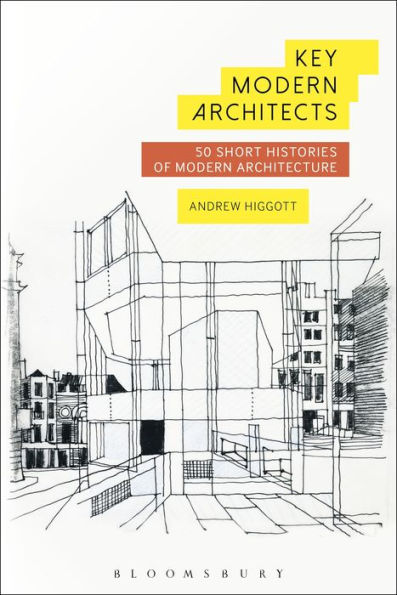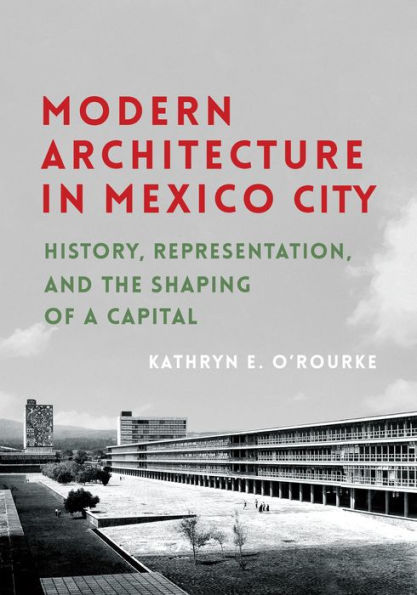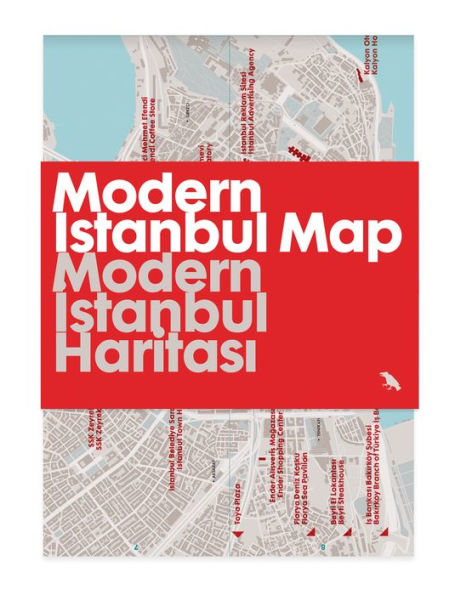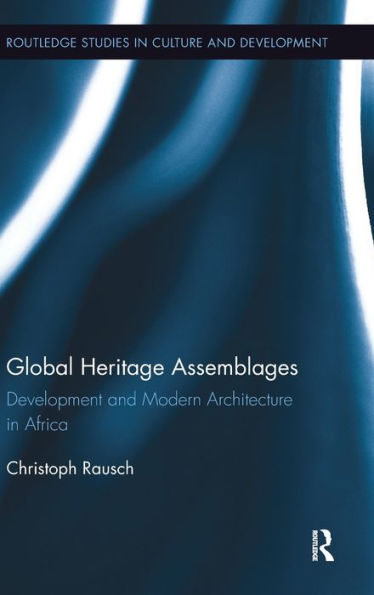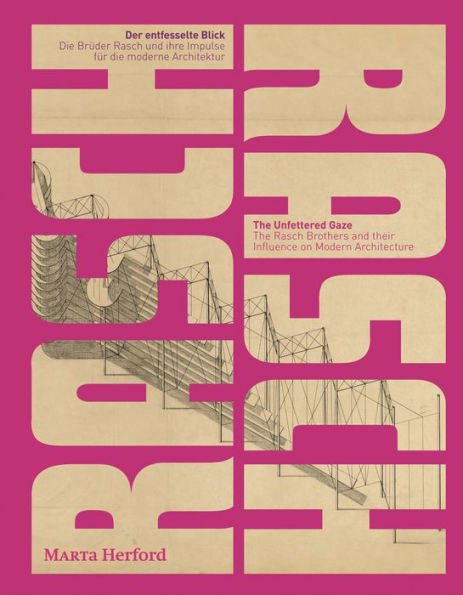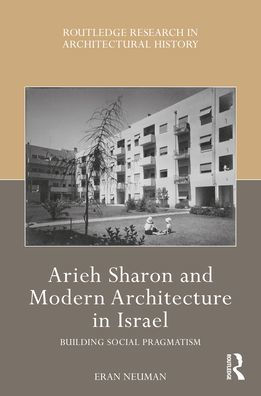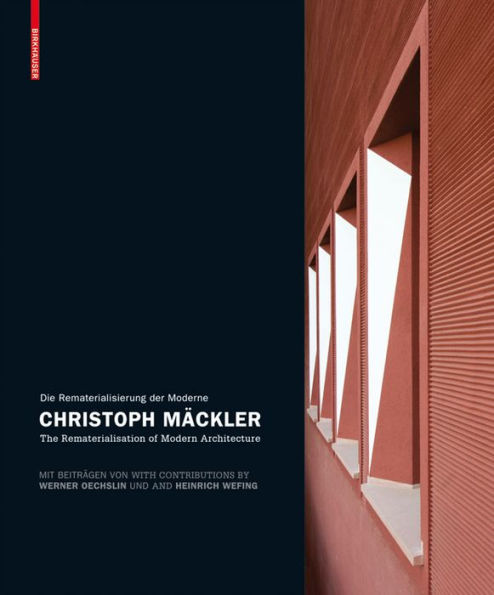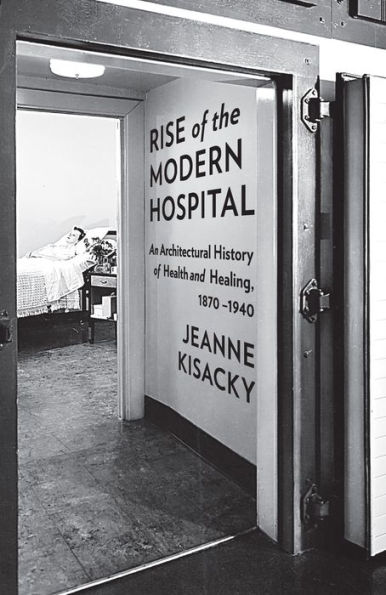Home
Spain: Modern Architectures History
Barnes and Noble
Spain: Modern Architectures History
Current price: $40.00
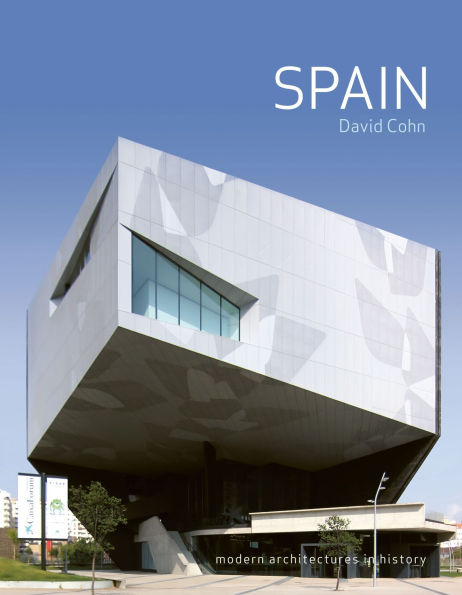

Barnes and Noble
Spain: Modern Architectures History
Current price: $40.00
Size: Paperback
Loading Inventory...
*Product information may vary - to confirm product availability, pricing, shipping and return information please contact Barnes and Noble
An investigation of the influences and evolution of modern Spain’s underappreciated, but foundational, architecture.
Spain’s remarkable twentieth-century architecture evolved against a turbulent background of revolution, civil war, dictatorship, and transition to democracy. Architecture played a key role in Spain’s struggle out of poverty and isolation, and its search for identity in the modern world.
This book examines Spanish architecture from the roots of Modernism in the eighteenth and nineteenth centuries to the present, analyzing significant figures and their works in relation to their political, social, and cultural contexts, as well as their contributions to architecture as a whole. From the austere, local Modernism of the 1920s, the influence of international trends in the ’30s, the renewed, “Organicist” Modernism of the ’50s and ’60s, to the flourishing public architecture of the late twentieth century and beyond,
Spain
provides a penetrating account of the country’s rich and varied built environment.
Spain’s remarkable twentieth-century architecture evolved against a turbulent background of revolution, civil war, dictatorship, and transition to democracy. Architecture played a key role in Spain’s struggle out of poverty and isolation, and its search for identity in the modern world.
This book examines Spanish architecture from the roots of Modernism in the eighteenth and nineteenth centuries to the present, analyzing significant figures and their works in relation to their political, social, and cultural contexts, as well as their contributions to architecture as a whole. From the austere, local Modernism of the 1920s, the influence of international trends in the ’30s, the renewed, “Organicist” Modernism of the ’50s and ’60s, to the flourishing public architecture of the late twentieth century and beyond,
Spain
provides a penetrating account of the country’s rich and varied built environment.
